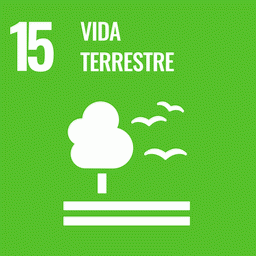Understanding structural variations in natural systems can help us understand their responses to disturbance and environmental changes and plan for the mitigation of human-induced impacts. Terrestrial laser scanning (TLS) is a technological solution to quickly and accurately capture and model vegetation structure. In the Brazilian Cerrado biome, characterized by highly heterogeneous plant formations and marked seasonality, TLS may help improve aboveground biomass (AGB) estimates. This study aimed to use single-scan TLS-derived metrics to predict plot-scale aboveground biomass for three vegetation types with high structural diversity and biomass content (woodland savanna, forested savanna, and gallery forest). Ten plots were scanned in each vegetation type, and variables related to point density at different strata and height distribution were extracted from the point cloud to predict AGB measured in local field inventories. The woodland savanna provided good fit models with only two metrics (rainy season: proportion of points below 1.37 m and height of the 99th percentile; adj-R2 = 0.92, RMSE (root mean square error) = 2.67 Mg/ha or 12%; and dry season: height of the 20th and the 99th percentiles; adj-R2 = 0.88, RMSE = 3.32 Mg/ha or 15%). The model for the forested savanna had relatively less explanatory power with one influential predictor (forested savanna: height of the 20th percentile; adj-R2 = 0.58, RMSE = 6.85 Mg/ha or 21%). For the gallery forest, however, the canopy structure could not be adequately characterized due to occlusion of laser returns by dense sub-canopy strata. Our study shows the strong potential of the terrestrial LiDAR technology for estimation of plot-based biomass across diverse savanna vegetation types, where the sparse tree structure allows for better laser penetration the accurate generation of height profiles.
Redução de emissões de carbono associadas ao desmatamento no Brasil: o papel do Programa Áreas Protegidas da Amazônia (ARPA).
A avaliação da contribuição do Programa ARPA na redução das emissões de gases do efeito estufa que se constitui o principal objetivo deste estudo. Utilizando-se de análises das taxas históricas de desmatamento, entre 1997 e 2007, e de estimativas das taxas futuras,...
